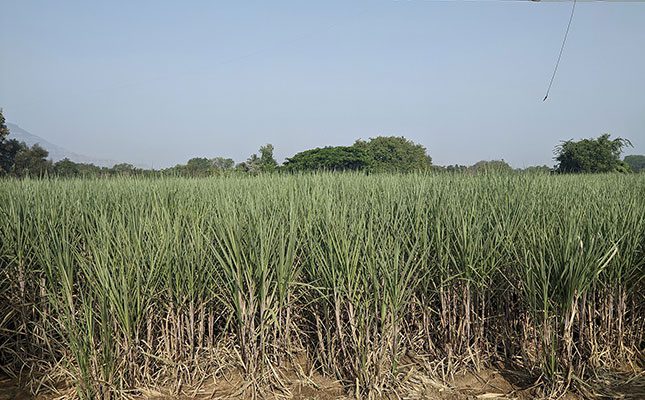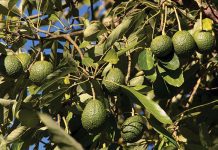
According to Fabio Palmeri, a global commodities market researcher at the United Nations Food and Agriculture Organization (FAO), a 2% or a 3,5 million ton decline in global sugar production could be expected in the 2023/24 season, compared with the previous season.
Euronews reported that this was just the latest setback for developing nations already having to cope with shortages of staple foods such as rice, as well as other constraints on the global food trade, which was exacerbating food inflation.
“All of it contributes to food insecurity because of the combined effects of the naturally occurring climate phenomenon El Niño, the war in Ukraine and weaker currencies. Wealthier Western nations can absorb the higher costs, but poorer nations are struggling,” the report said.
In addition, the increased use of sugar reserves in the production of biofuels such as ethanol was placing global sugar reserves under strain, resulting in levels reaching their lowest point since 2009.
Euronews reported that the harvest in the world’s largest sugar exporter, Brazil, would “only help plug gaps later in 2024. Until then, import-dependent countries, like most of those in sub-Saharan Africa, remain vulnerable”.
Sugar cane crops in India’s western state of Maharashtra were severely stunted during a crucial growth phase when that country experienced its driest August in more than a century. Maharashtra accounted for more than a third of India’s sugar cane production, Euronews said.
As a result, the Indian Sugar Mills Association predicted that India’s sugar production was likely to fall by 8% this year. As the world’s largest consumer of sugar, India recently announced restrictions on sugar exports.
In Thailand, the leader of the Thailand Sugar Planters’ Association, Naradhip Anantasuk, said the impact of the El Niño weather phenomenon also affected sugar cane there early in the growing season, which would have an impact not only on the quantity but also the quality of the harvest.
He told Euronews that he expected only 76 million tons of sugar cane to be milled in the 2024 harvest season, compared with 93 million tons this year.
A US Department of Agriculture report forecasted a15% decline in sugar output in Thailand during October.
According to the FAO’s Palmeri, the next few months would be crucial, as population growth and increasing sugar consumption further strained sugar reserves.
Data from the USDA indicated that the world now had “less than 68 days of sugar in stockpiles to meet its needs, compared with 106 days when they began declining in 2020”.













